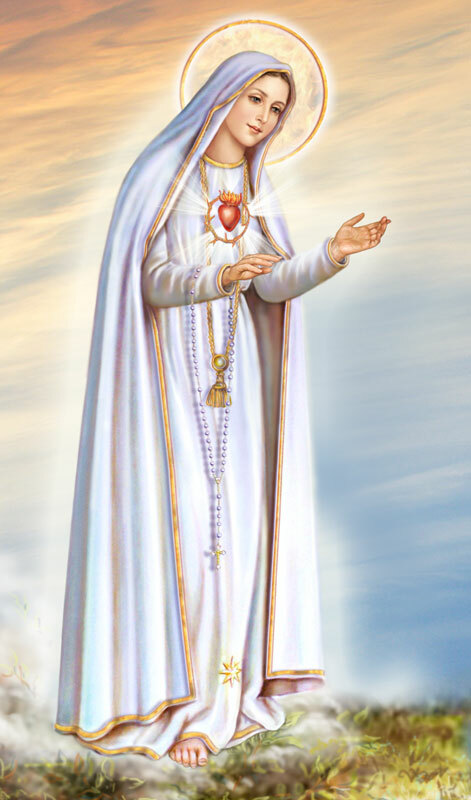
In most of Her apparitions, especially at Lourdes and Fatima, Our Lady wore a rosary and insisted on the daily recitation of the rosary. In Her last apparition in Fatima, Our Lady called Herself “Our Lady of the Rosary.”
On December 26, 1957, Sister Lucia of Fatima had a long conversation with Father Augustine Fuentes. She urged him to make known to everyone the message of the Blessed Virgin and the remedy that our good Mother offered to Her children on earth to cure them of all ills of soul and body: the daily recitation of the Rosary.
“Look, Father, in these latter times in which we live, the Blessed Virgin has given a new efficacy to the recitation of the Rosary. In such a way that there is no problem, however difficult it may be, be it temporal or above all spiritual, in the personal life of each one of us, of our families – whether they be families living in the world or of religious communities – or in the life of peoples and nations. There is no problem, I repeat, there is no problem however difficult it may be, that we cannot solve through the prayer of the Holy Rosary. With the Holy Rosary we will save ourselves, we will sanctify ourselves, we will console Our Lord and obtain the salvation of many souls.”
What is the Rosary?
This way of praying is called Rosary, because the frequent repetition of the Hail Mary forms a crown of roses that we place on the head of Mary, our august Queen.
The complete Rosary is composed of three crowns. One crown consists of five decades of “Hail Mary’s”, each decade being preceded by one “Our Father”.
Now, to recite a rosary fruitfully, we must:
The Church has divided these mysteries into three classes:
1.Joyful Mysteries
2.Sorrowful Mysteries
3.Glorious Mysteries.